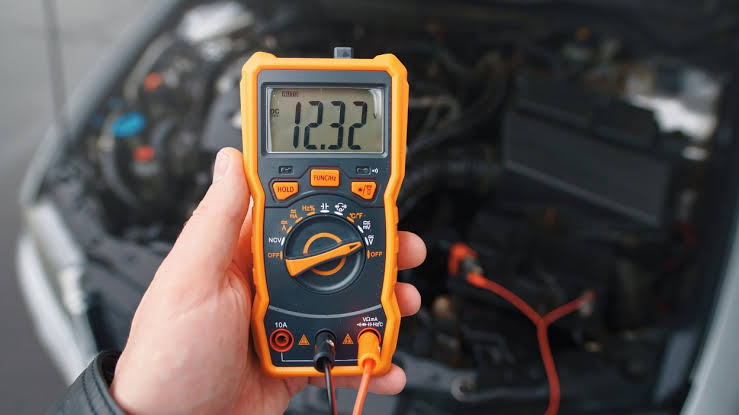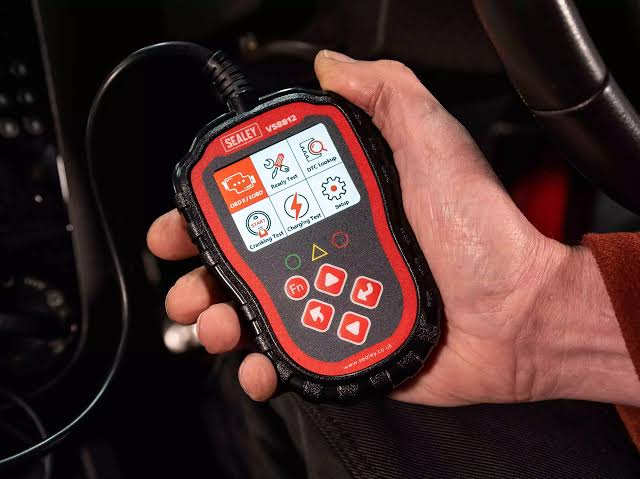Does A Manual Car Have Transmission Fluid?

When it comes to car maintenance, understanding how your vehicle’s transmission works is crucial, especially for those driving manual cars. A common question that often arises is: “Does a manual car have transmission fluid?” The simple answer is yes! Manual cars do require transmission fluid, but the way it functions in a manual transmission is slightly different compared to automatic transmissions. In this article, we’ll explain why manual cars need transmission fluid, its role, and how to maintain it.
What Is Transmission Fluid?
Transmission fluid is a lubricant specifically designed for use in the transmission system of your vehicle. It helps to reduce friction between the moving parts within the transmission, keeping the gears shifting smoothly and preventing damage. It also helps to cool the transmission, remove contaminants, and ensure that all components work efficiently.
Types of Transmission Fluid
There are different types of transmission fluids, and the type you need depends on whether you have an automatic or manual transmission:
- Automatic Transmission Fluid (ATF): This fluid is used in automatic transmissions. It has a different viscosity and set of additives to accommodate the needs of automatic systems.
- Manual Transmission Fluid (MTF): Manual transmissions typically use a specific type of oil called manual transmission fluid or gear oil, which has a thicker consistency to handle the demands of manual gear shifts.
Do Manual Cars Need Transmission Fluid?
Yes, manual cars require transmission fluid to function properly. Although manual transmissions are generally simpler than automatic transmissions, they still rely on fluid for lubrication and proper functioning.
In a manual car, the transmission fluid serves several purposes:
1. Lubrication of Gears and Bearings
The transmission has several gears and bearings that need constant lubrication to avoid excessive wear and tear. Transmission fluid ensures that the moving parts inside the transmission system work smoothly without creating too much friction or heat.
2. Preventing Overheating
The friction generated by the moving parts within the transmission can cause heat buildup. Transmission fluid helps to dissipate this heat, preventing the transmission from overheating and suffering damage.
3. Smooth Gear Shifting
Manual transmissions involve the driver manually shifting gears, which requires the gears to mesh smoothly. Without the proper amount of fluid, the gears can grind, making it harder to shift and causing damage to the internal components.
4. Cleaning and Contaminant Removal
As the transmission fluid circulates, it helps to pick up debris and contaminants that could otherwise damage the system. The fluid helps keep the transmission clean by carrying away these particles.
How Often Should You Change Manual Transmission Fluid?
Just like any other fluid in your vehicle, manual transmission fluid degrades over time and needs to be changed. However, the intervals for changing the fluid vary depending on the vehicle and the type of driving you do.
General Recommendations
Most manufacturers recommend changing manual transmission fluid every 30,000 to 60,000 miles, but it’s always a good idea to consult your vehicle’s owner’s manual for specific recommendations.
If you use your vehicle for more demanding tasks, such as towing or driving in extreme conditions (heavy traffic, off-roading, or mountainous terrain), you may need to change the fluid more frequently.
Signs That Your Transmission Fluid Needs Changing
You might need to change your manual transmission fluid sooner if you notice any of these signs:
- Hard Shifting: Difficulty shifting gears or the gears grinding when you shift could indicate low or degraded transmission fluid.
- Strange Noises: If you hear whining, grinding, or clunking sounds when shifting, it may be a sign that the transmission fluid is old or insufficient.
- Slipping Gears: If your car unexpectedly pops out of gear or has difficulty staying in gear, this could be a sign of a fluid problem.
- Leaking Fluid: If you spot reddish-brown or brown fluid under your car, it’s a sign of a transmission fluid leak.
How to Check Manual Transmission Fluid
Unlike automatic transmissions, manual transmissions don’t have a dipstick to check the fluid level. Instead, checking the fluid often requires accessing the transmission’s fluid fill plug. Here’s how you can check the fluid level:
1. Locate the Fill Plug
The fill plug is usually located on the side of the transmission, and you’ll need to jack up the car and secure it with jack stands to access it.
2. Remove the Plug
Use the appropriate tool to remove the fill plug and check the fluid level. You should be able to feel the fluid with your finger or a small tool. The fluid should be just below the level of the fill plug.
3. Add Fluid if Needed
If the fluid is low, you can add the recommended type of manual transmission fluid through the fill hole until the fluid reaches the correct level. Be sure to check your owner’s manual to know which type of fluid is compatible with your vehicle.
Can You Use Regular Oil for Manual Transmission?
While it might seem tempting, you should not use regular motor oil in your manual transmission. Transmission fluid is specifically formulated for the demands of the transmission system, whereas motor oil is designed for the engine.
Using the wrong fluid can lead to improper lubrication, overheating, and eventually cause severe damage to the transmission. Always use the recommended transmission fluid specified by your car’s manufacturer.
Can Manual Transmission Fluid Degrade Over Time?
Yes, just like engine oil, manual transmission fluid degrades over time. As the fluid circulates within the transmission, it can become contaminated with metal shavings, dirt, and other debris. It can also lose its ability to properly lubricate and cool the transmission due to heat exposure and chemical breakdown.
That’s why regular checks and fluid changes are necessary to keep your transmission functioning properly and avoid costly repairs.
Conclusion
In summary, manual cars do have transmission fluid, and it plays a crucial role in keeping the transmission running smoothly. It lubricates gears, reduces friction, prevents overheating, and ensures smooth gear shifting. Regular maintenance, including checking and changing the fluid, is key to extending the life of your manual transmission and avoiding costly repairs. Always use the recommended fluid type and follow the manufacturer’s guidelines for fluid changes to keep your transmission in top shape.





